
 One of the most cost effective and most efficient items of safety equipment your facility needs is a high quality fire extinguisher. American Fire Prevention Inc. carries the best assortment of fire extinguishers and extinguishing systems in the business. From portable handheld units to large wheeled units and fixed systems, our products are state-of-the-art to protect your home or place of business.
One of the most cost effective and most efficient items of safety equipment your facility needs is a high quality fire extinguisher. American Fire Prevention Inc. carries the best assortment of fire extinguishers and extinguishing systems in the business. From portable handheld units to large wheeled units and fixed systems, our products are state-of-the-art to protect your home or place of business.
In addition to sales, American Fire Prevention Inc. offers “on-site” installation, inspection and service on all types of fire extinguishing systems. Lack of maintenance can lead to an extinguisher not discharging when required, or rupturing when pressurized. According to fire code, annual inspections are required by a certified qualified technician to ensure the unit is pressurized and unobstructed. Hydrostatic pressure testing is also required, generally every five years for water and CO2 models and up to 12 years for dry chemical models.
Assessing the type of potential fire in a given area – Identifying the types of materials in your building is vital in determining which extinguisher should be used to successfully extinguish a potential fire in a given area. See below for categorization of different fires:
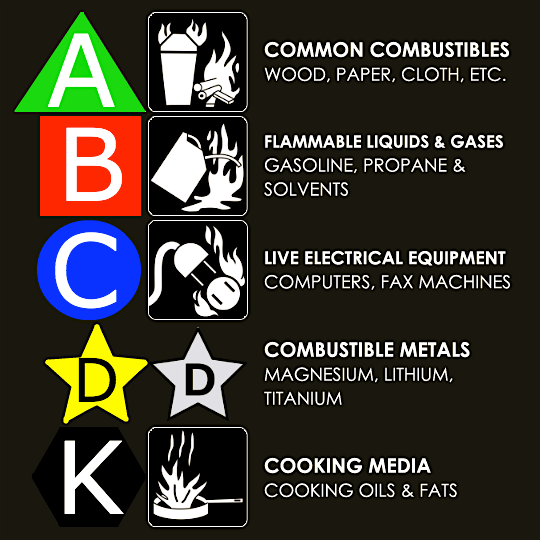
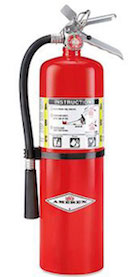
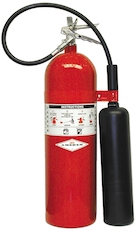
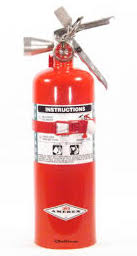
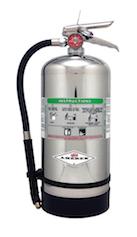
American Fire Protection Inc. will do a full hazard assessment of your facility and will determine exact locations for all needed extinguishers while ensuring the correct sizes and types are being used in each area.
Discover How American Fire Prevention Can Help You Protect Life & Property Today
© 2019 American Fire Prevention. All Rights Reserved.| Website Design by Triad Web Design Service